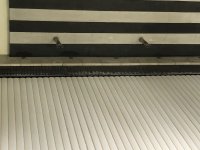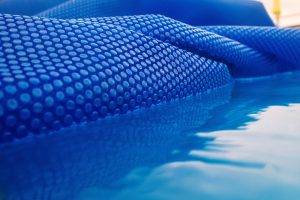Hi all - I'm a new pool owner (~1 year) and just decided to take over the pool maintenance from the company that was doing it. After doing research here, and elsewhere, I just want to confirm the following:
1. From a "is it safe to swim" perspective, the main things to worry about are chlorine levels and ph levels. Correct?
2. From a "maintain pool well" perspective, the there are additional things to check/maintain like, alkalinity, copper, calcium, CYA, TDS. Anything else? Sulphates maybe? Phosphates? (Would you put anything here in category #1?)
3. My pool is an indoor pool and as far as I know has never been drained/refilled. I know outdoor pools regularly undergo this process -- should I be doing this periodically for my indoor pool too, or only if something goes seriously wrong?
4. An article on this forum says to never wear a half-mask respirator when using acid, but if I combine it with goggles, it seems like that should be fine. Any concerns? My muriatic acid will be stored outdoors in the open next to the house; the chlorine is in a cabinet in the pool room.
5. If my CYA is very low (less than 20) in an indoor pool, and I'm lazy and don't use the pool a lot anyway (once a week), how bad is it really to continue using the chlorine tablets that my previous service company was using? Besides CYA (which seems not to be a problem), I understand they will add sulphates into the pool? I suppose I should check those levels at some point.
Thanks all for your help.
1. From a "is it safe to swim" perspective, the main things to worry about are chlorine levels and ph levels. Correct?
2. From a "maintain pool well" perspective, the there are additional things to check/maintain like, alkalinity, copper, calcium, CYA, TDS. Anything else? Sulphates maybe? Phosphates? (Would you put anything here in category #1?)
3. My pool is an indoor pool and as far as I know has never been drained/refilled. I know outdoor pools regularly undergo this process -- should I be doing this periodically for my indoor pool too, or only if something goes seriously wrong?
4. An article on this forum says to never wear a half-mask respirator when using acid, but if I combine it with goggles, it seems like that should be fine. Any concerns? My muriatic acid will be stored outdoors in the open next to the house; the chlorine is in a cabinet in the pool room.
5. If my CYA is very low (less than 20) in an indoor pool, and I'm lazy and don't use the pool a lot anyway (once a week), how bad is it really to continue using the chlorine tablets that my previous service company was using? Besides CYA (which seems not to be a problem), I understand they will add sulphates into the pool? I suppose I should check those levels at some point.
Thanks all for your help.



